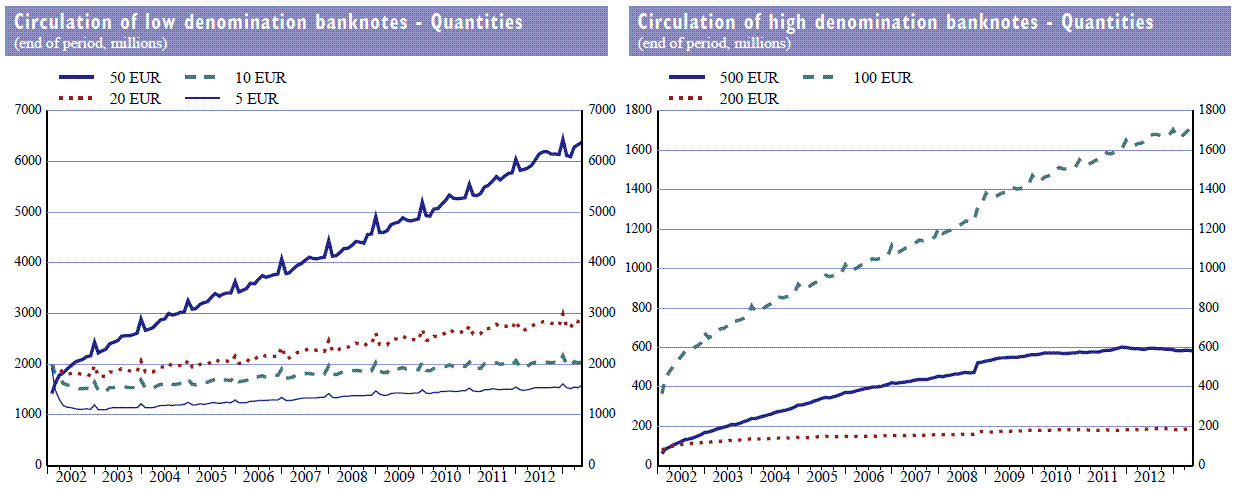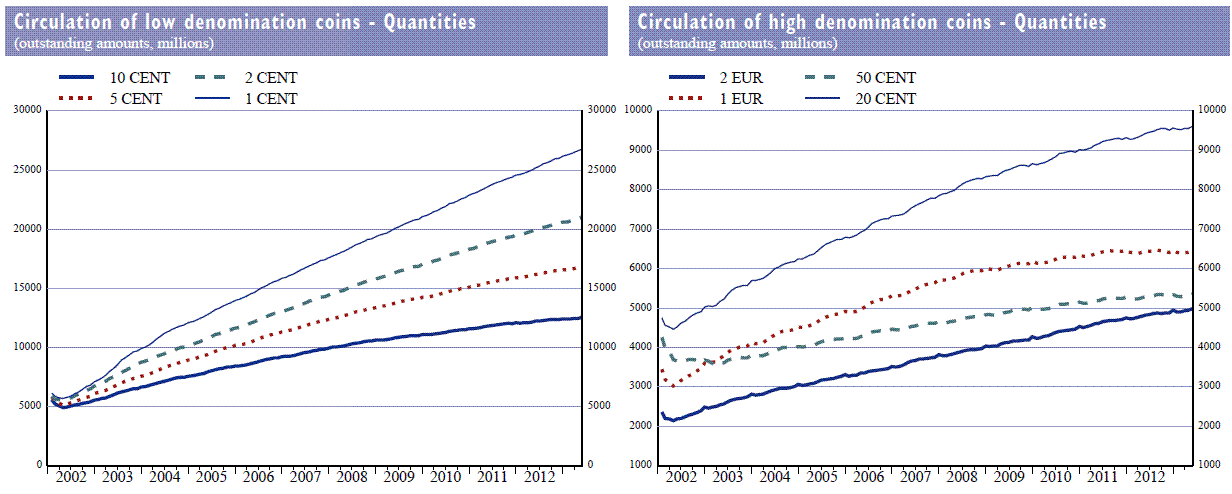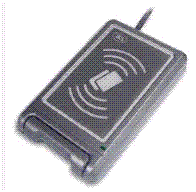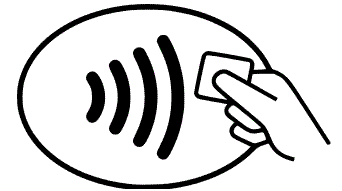 | ||||||
| :: June 2013 | Newsletter n°70 :: | ||||||
 |
||||||
Key points - Marseille Conference 2-4 June 2013
|
 |
Lars Blecko, President of ESTA |
- Ton Roos (ECB) elaborated on the new euro banknotes: see, touch, tilt was explained in a humorous tone. Little was said on possible future regulations of CIT activities.
- Jean Desfretière of The Banque de France explained that redeployment is likely to positively impact on the French cash cycle if CHTO/NHTO mechanisms are put in place.
- More evidence for the competitiveness of cash compared to other means of payment was given by Heiko Schmeidel and Gerard Thornton.
- Karen Webster and the EBS Professors presented a well-documented study emphasizing the competitiveness of cash and confirming that cash is here for the long run.
- Mike Bowen and Christina Wejshammar showed how fundamental cash is to a society and what happens when it is misused.
- The downward trend for robberies in our industry is encouraging, and Tony Smillie showed that the myth of increased robberies in times of financial stress is not reality. Xavier Raufer's warning about the future risks for our sector, deserve our serious consideration. Promises of enhanced cross border police cooperation are well received by our industry.
- Philip Turner gave a presentation of the rationale for the insurance industry's maintenance of insurance premiums at current levels.
- To conclude, the content of the conference demonstrated that we in the cash industry need to stop apologizing for the existence of cash and focus on our future. Our focus should not be on if cash will be there, but how to handle it more efficiently within the supply chain.

Next year's conference will be held in Athens on June 1-3.
New Members
Our new ESTA members for this year are:Bodysens - APPI : www.appi-technology.com
Capturetech : www.capturetechnologiesinc.com
Ivolvement : www.ivolvement.nl
Morphis : www.morphisinc.com
Perfomatic : www.perfomatic.com
Sautner & Partner : www.sautner.co.at
WAB-SICHERHEITSSYSTEME : www.wab-germany.de
European Central Bank News
ECB View on the Importance of Cash
According to Benoît Coeuré, Member of the Executive Board of the European Central Bank with responsibility for Payments and Market Infrastructures, more cashless payments do not mean fewer banknotes, and cash and electronic payments do not compete, but complement each other.In a speech at a conference of the ECB and the Austrian Central Bank, Mr Coeuré stressed that the ECB has a neutral stance on the use of banknotes as opposed to other means of payment. In other words, neither promoting nor preventing cash.
The average number of card transactions in the euro area almost doubled between 2002 and 2011, from 36 transactions per inhabitant to 67. In terms of value, card payments rose from €600 billion in 2002 to €1.1 trillion in 2011. Even so, 70-80% of the number of transactions and 50-60% of the value of all transactions at the point of sale are still made in cash. The ECB does expect the share of electronic payments to grow and the demand for banknotes to diminish over time, but it will be a gradual process.
Mr Coeuré emphasised the critical role of banknotes as a means of payment and store of value of last resort, pointing to the recent situation in Cyprus. 'If banks are closed, cheques are no longer accepted and even the payment cards of stressed banks are no longer trusted, so cash appears to be the only way to settle a transaction immediately and without credit risk' he said.
For the full speech please see this link to the ECB website
Cash in circulation (ECB)
This is the latest information published by the European Central Bank showing cash in circulation.The total number of Euro banknotes in circulation at the end of Q1 2013 stood at 15,195 million, with a value of €896.4 billion, a drop of 3% in volume and a drop of 1.7% in value since Q4 2012, whereas between Q3 2012 and the end of Q4 2012, there was an important increase of 4.7% in volume and a 2% in value.
In Q1 of this year the total number of Euro coins in circulation grew to 102,568 million, while their value dropped to €23,573 million, an increase of 0.5% and a drop of 0.3% respectively since Q4 2012. Comparing Q3 with Q4 in 2012 there was a slight increase of 0.9% in volume and a 0.8% in value.
Click on graph to access detailed info on low and high denomination banknotes and coins.


EUFFI study shows new payment systems harm the vulnerable
New payment services including cards, internet and mobile paymnets may leave many people behind while also making it more difficult to pay in cash. This is the conclusion of a study in five European countries ( France, Italy, Poland, Sweden and the UK). The study was commissioned by the Euroepan Foundation for Financial Inclusion and it was presented on June 5 to the Commissioner for Internal Markets and Services, Michel Barnier at a meeting in the European Parliament.
The study highlights the variation in difficulties and consequences of financial inclusion across Europe. The particular groups it finds at a disadvantage are migrants, those on a low income, the over-indebted, the elderly and disabled.
Cash is the most important, or sometimes the only means of payment for the socially excluded, and yet the study shows that it is becoming harder and more expensive to pay in cash. EUFFI’s recommendations are that preservation of choice of paymnent method must be ensured and that new payment methods be adapted to the vulnerable.
Card use dropping and cash on the rise according to UK Payments Council and Link
According to a report published this month by the UK Payments Council and LINK (the organisation running the UK’s cash machines) 54% of all payments made in the UK in 2012 were made in cash.In 2012, 7.2 million adults made all of their day-to-day purchases by cash, an increase of around 700,000 on 2011.
“UK Cash & Cash Machines 2013” is the title of the report which shows that consumers and businesses made 20.8 billion cash payments in 2012 compared with 20.6 billion in 2011. 2012 is the first break in a decade long fall in cash volume.
The cash machine remains the most popular way for people to access their cash. There has been an increase in the number of ATMs in deprived areas, and the number of cash machines in the UK has rise to an all-time high of 66,134. On average people in the UK withdrew £66 per transaction using debit cards.

“UK Cash & Cash Machines 2013” is published by the Payments Council in conjunction with LINK and The UK Cards Association.
http://www.guardian.co.uk/money/2013/jun/11/cash-making-a-comeback
Contactless Cards – Bugs in the System
Contactless cards use Near Field Technology to identify a card and make a payment, and the cards are supposed to be within 4 centimetres of the contactless terminal in order to work. In recent months there have been many reports in the UK of customer’s payments being made at a much greater distance.Some customers have even been unaware that the contactless feature has been activated on their card and they have paid twice for the same item with a regular credit card and their contactless card.
Other UK consumers have reported that their Oyster travel card has debited a fare, while at the same time a contactless card from their bank has debited the same fare also, leading to double payment.
http://bbc.co.uk/news/business
 |
A contactless card reader |
 |
The universal contactless smart card reader symbol |
Scenarios for the 1 and 2 cent coins
The European Commission published in May its four perceived scenarios for the 1 and 2 cent euro coins: 1. Status quo 2. Issuance at reduced costs 3. Quick withdrawal 4. Fading out.The Commission will now hold further discussions with interested parties on the basis of these scenarios. If and only if, a clear preference emerges, will the Commission then come forward with legislative proposals.
ESTA conference 2014
Next year's conference will be held in Athens on June 1-3. Pencil in the date!Wishing you, and all your teams, a sunny and enjoyable summer.
Rond Point Schuman 6 - B5, Brussels, 1040, Belgium
Tel: +32(0)2 234 78 20
www.esta-cash.eu, contact@esta-cash.eu